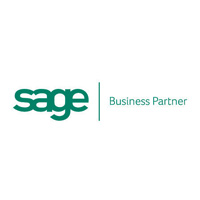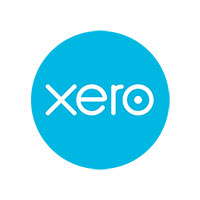
Our third article in our year end series, considers some property planning points.
Tax-free rent
When you let rooms in your own home as residential accommodation, you can receive the rent tax-free if it falls within the limits for rent-a-room relief. This relief is currently capped at rents of £7,500 per year. Where more than one person receives the rent from the property, each person has a tax-free exemption for rent of £3,750.
The conditions for rent-a-room relief stipulate that you must occupy the property as your main home – this relief can’t cover income from a holiday home or buy-to-let property. Also, the accommodation must be used for residential purposes, not as an office.
If you let out land or buildings which do not qualify for rent-a-room relief, such as a store room, office, or even your driveway, the income could be covered by the £1,000 property income allowance. You cannot use this allowance against rent paid by your own company, a company you work for, or with which your spouse is associated.
If rental income exceeds the relevant limit, it must be declared on your tax return, along with any related expenses. However, the relevant limit may be claimed as deemed expenses, if this is higher than actual expenses.
Cash and finance costs
Individual landlords of residential properties are subject to restrictions on how much interest and finance costs they can deduct from rental income.
In 2018/19 individual landlords are permitted to deduct 50% of their interest and finance charges for tax purposes. From 6 April 2019, this reduces to just 25% and from 6 April 2020 all such finance costs will be disallowed. In place of the blocked interest the landlord receives a 20% tax credit to set against his Income Tax bill. This restriction of interest deductions doesn’t apply to corporate landlords.
Where the property business is supported by borrowing, the increased taxable income can push the landlord’s total income into higher tax bands, leading to the loss of allowances or the clawback of Child Benefit.
The example below compares an English landlord’s tax position in 2018/19 (when he deducts 50% of the £32,000 interest paid) with his position in 2020/21, when all his interest is blocked. The amounts of Personal Allowance (£12,500) and basic rate band (£37,500) are estimated for the later year. The figures will be slightly different for Scottish taxpayers, who pay tax on property income at different rates.
| 2018/19 | 2020/21 | |
| Salary | £35,000 | £35,000 |
| Rents less running costs | 34,000 | 34,000 |
| Interest deduction | (16,000) | nil |
| Total net income | 53,000 | 69,000 |
| Personal Allowance | (11,850) | (12,500) |
| Taxable income | 41,150 | 56,500 |
| Tax charged at 20% | 6,900 | 7,500 |
| Tax charged at 40% | 2,660 | 7,600 |
| Tax credit on interest at 20% | (3,200) | (6,400) |
| Total tax payable | 6,360 | 8,700 |
If your residential property business is supported by large borrowings, you need to urgently consider whether to restructure that business to avoid significantly higher tax bills. Your choices may include:
- selling one or more residential properties to reduce borrowings
- selling all residential property and reinvest in commercial buildings (the interest restrictions don’t apply)
- let the homes as Furnished Holiday Lettings (which are not affected, but require detailed conditions to be met)
- transferring the properties into a company
The last option is not easy as the lender will have to agree to transfer your property loans to the company. The transfer of properties is likely to incur stamp duty land tax charges for the company, and may well generate a taxable capital gain in your hands.
Since April 2017 individual landlords with turnover of no more than £150,000 should use the ‘cash basis’ to draw up their accounts. This has the effect of taxing income in the year it is received and expenses in the year they are paid. It may benefit you if your tenants tend to pay late. You can opt out of the cash basis if you wish.
We can help you model the financial future for your residential property lettings.
The ATED trap
The Annual Tax on Enveloped Dwellings (ATED) applies when a company (and certain other bodies) owns a UK residential property worth over £500,000. The charge applies for the year from 1 April, but the ATED return, and any payment due, must reach HMRC by 30 April within that period (i.e., by 30 April 2019 for 2019/20).
This annual charge starts at £3,650 and increases, through valuation bands, up to £232,350 for 2019/20. The charge is based on the property’s value as at 1 April 2017, or the purchase date if later.
The owner can claim 100% relief from ATED if the property is let commercially, is under development, or if certain other conditions apply, but the relief must be claimed on an ATED relief form by 30 April for each year.
There are steep penalties for late submission of ATED returns, which are payable even if there is no ATED charge to pay. HMRC can check whether an ATED return is due by accessing the Land Registry database to see who owns which properties.
Please contact Mark Wildi or Vinnie Rome if you would like to discuss any of the tax planning points covered in this series, on 01689 877081 or complete our online form.




